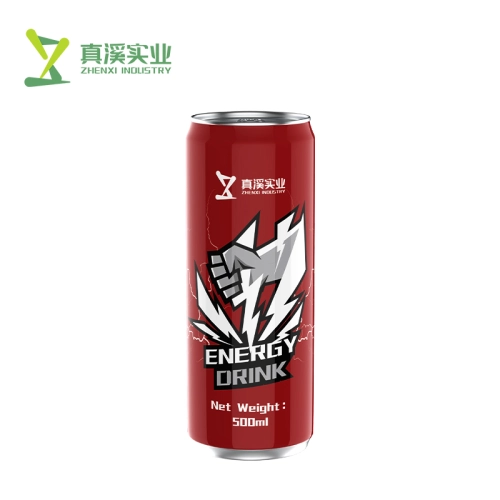So What is in Your Soda Can: Looking at Both the Beverage and its Lining A standard 12-ounce soda can contain about 39 g of sugar, which means an added 150 calories crap. This high sugar content can contribute to daily calories and is a major concern for health professionals.
Like a traditional soda, the water and flavor concentrate are mixed together before carbonation is injected to add that sparkling effervescence. With a soda can for example, it would pressurize to 50 psi (pounds per square inch) which simply keeps CO2 dissolved in the liquid until you open that same soda. This pressure is what keeps the soda fizzy and fresh.
The components of the typical carbonated soft drink are HFCS or sugar, phosphoric acid, caffeine and natural flavors. In the United States, HFCS is used as a sweetener in processed foods because it is less expensive than sugar. The sweetener is an attractant around stables, used to trap yellowjackets (wasps)-which are attracted by the scent of alfalfa-and can also be applied as a solution to sheep or cattle wool so they collect stickers and burrs in pasture.
It provides an acidic tang and brings out the flavor of other ingredients, but it's also known to cause dental erosion. Regular consumption of sodas that contain phosphoric acid may result in decreased bone density over time, a study by the National Institutes of Health revealed. The cola beverages will be among the first to benefit from a half dozen common cola ingredients that panel scientists say cause no harm: sugar, caffeine (most colas contain between 30 and 50 milligrams per can), aspartame, saccharin, sodium benzoate preservatives and coloring additives FD&C Yellow No.

The lining of soda cans is important, so that the drink does not react with the metal. The inner can is coated in an epoxy resin, usually made from bisphenol A (BPA). This barrier prevents the corrosion and tainting of the good flavor in our soda pop. Listen to other Aches and Gains Speaking of the health implications, fears about what BPA can do in our bodies have really pushed much research into alternative linings. The FDA still says the small amounts of BPA in foods is safe, but consumer demand for products free of bingeing and purging ingredients continues.
Some times trace metals such as aluminum can be found in the soda, but usually it is at a non life threatening dose and other-wise harmless. The World Health Organization claims that the aluminum in canned drinks is negligible and acceptable from a health perspective.
If you would like learn more about what makes up soda cans and the processes behind them, be sure to visit Soda Cans